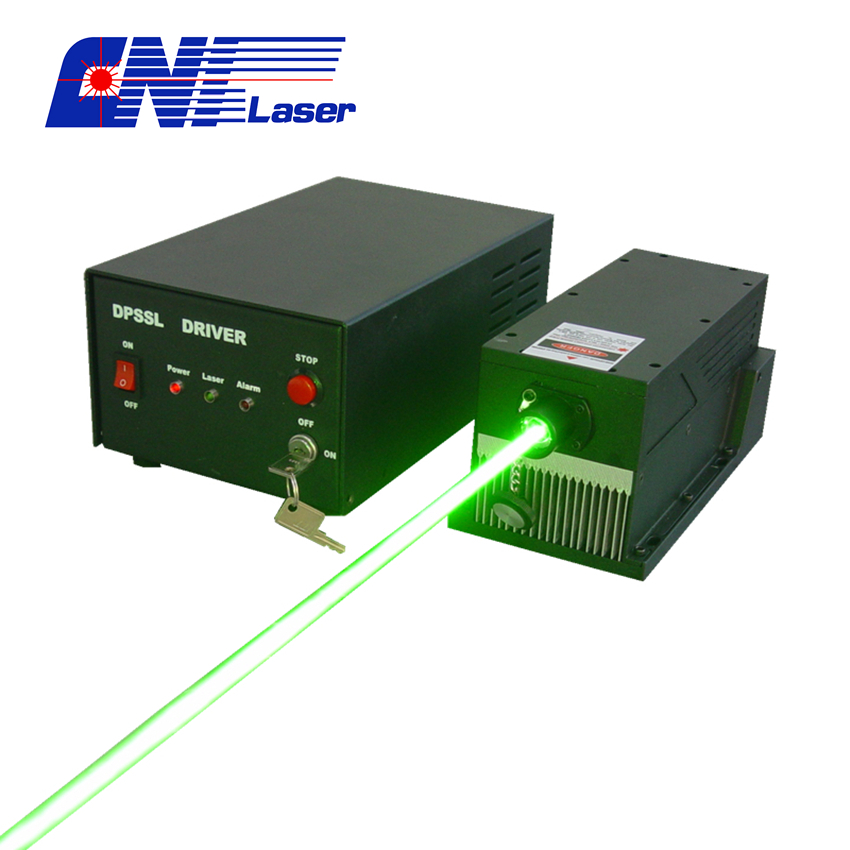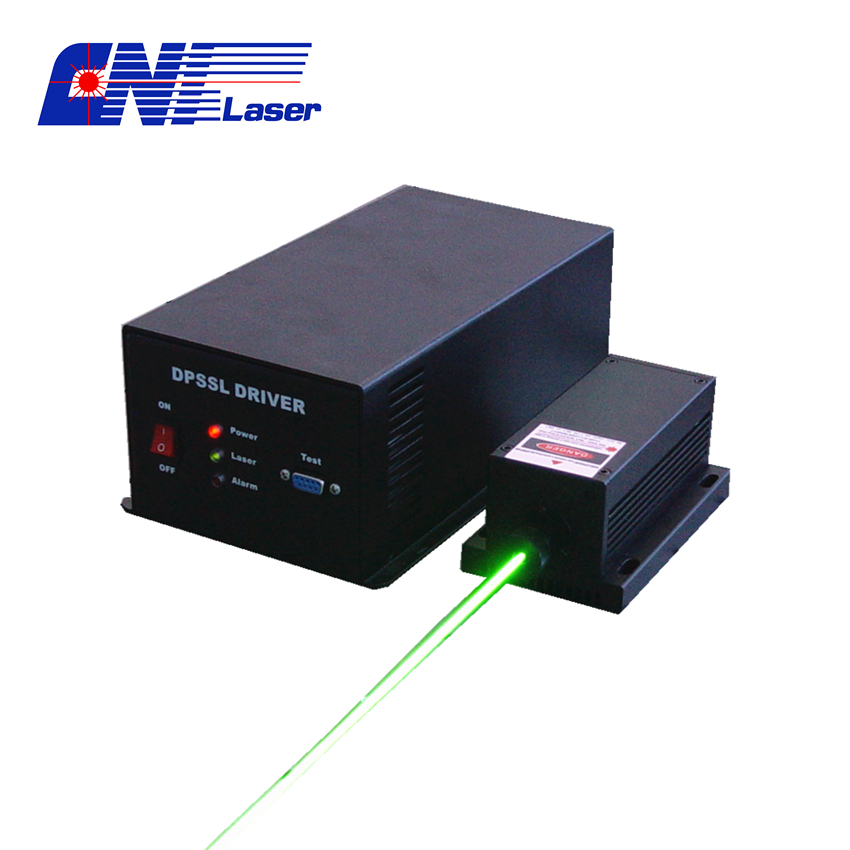On July 6, the Institute of Finance and Economics of the Chinese Academy of Social Sciences released the China Housing Development (Interim 2016) report. It is expected that the real estate market will be the first to appear in the adjustment year under the policy stimulus in 2016-2017. In this context, it is necessary to prevent the risk of credit default caused by the fragile capital chain of the housing enterprise. The economy is undergoing transformation and the industry is changing. Today, both the economic environment and the LED lighting industry are facing transformational changes. Through various policies and data changes, this July, LED lighting companies are looking for opportunities to seek new development. Property market: real estate or short-term adjustment period July 6, the Chinese Academy of Social Sciences Institute of Finance and Economics released China Housing Development (interim 2016) report predicts that the real estate market is likely to be the first to appear in the 2016-2017 adjustment under the policy stimulus year. In this context, it is necessary to prevent the risk of credit default caused by the fragile capital chain of the housing enterprise. Ni Pengfei, assistant to the president of the Institute of Finance and Economics of the Chinese Academy of Social Sciences, said that the adjustments that occurred in the past 10 years before 2013 were all the result of policy pressure. The rebound was the automatic rebound of the market (except in 2009), but the adjustment after 2013. In the absence of any intervention, the real-time adjustment of the real estate market, the rebound in 2015 is a rebound under policy stimulus, so this round of rebound does not have strong support, and the duration of the rebound will be significantly shortened. The reason for the adjustment is that there are still unstable factors in the market. At present, there is still a problem of market space mismatch. In the first-line and some second-tier cities, sales are booming, prices are skyrocketing, and the inventory of third- and fourth-tier cities is under a large backlog. From January to April, the growth rate of commercial housing sales in key cities is higher than that in non-key cities. 10 percentage points, non-key city development investment increased by 7.8% year-on-year, 1.1 percentage points higher than the growth rate of key cities. Statistics Bureau data show that from January to April 2016, the country's new construction area increased by 21.4%, the growth rate increased by 2.2 percentage points compared with the first quarter. Although it narrowed in May, it still maintained an 18% growth rate. Ni Pengfei predicts that the real estate market may usher in a short-term adjustment period from the second half of 2016 to the first half of 2017. Comments: The real estate industry has a far-reaching impact on the LED lighting industry, and its prosperity will affect the heart of the LED lighting industry. Nowadays, the real estate market will enter an adjustment period, and LED lighting companies will also make corresponding changes with the changes in the market. Exchange rate: CFETS RMB exchange rate index depreciated 5.86% from the end of last year. People's Bank of China reported on July 6th, June 30th, CFETS RMB exchange rate index was 95.02, depreciating 2.19% from the end of May; refer to BIS currency basket and SDR currency basket of RMB The exchange rate indices were 96.09 and 95.76, respectively, which were 2.39% and 0.47% lower than the end of May. The central bank said that the bilateral exchange rate of the renminbi against the US dollar will continue to show a two-way floating pattern based on the market supply and demand and the adjustment of a basket of currencies. The exchange rate of the renminbi against a basket of currencies will remain basically stable. Judging from the situation in the first half of the year, the RMB exchange rate index depreciated slightly on the basis of maintaining basic stability. On June 30, the CFETS RMB exchange rate index depreciated by 5.86% from the end of the previous year. The RMB exchange rate indices of the BIS currency basket and the SDR currency basket were depreciated by 5.53% and 3.12% respectively from the end of the previous year. The small depreciation of the RMB exchange rate index is mainly affected by changes in market supply and demand. The United Kingdom announced its departure from the European Union on June 24, after which the central parity of the RMB against the US dollar fluctuated significantly. Economists revised down the exchange rate of the yuan against the US dollar at the end of last month, from 6.72 to 6.75 last month, which means that the yuan will depreciate by 1.79% during the year (the central parity of the yuan against the US dollar on June 30 is 6.631). At the beginning of this year, economists had predicted that the yuan would be 6.83 against the US dollar at the end of the year. Comments: The changes in the RMB exchange rate have far-reaching impact on the LED lighting industry than the export market, which may directly affect the export costs and profit margins of export enterprises. The export market is very large, but the competition is also very large. To this end, LED companies need to comprehensively improve their competitiveness to cope with the market. PMI: PMI data in June is at a critical point On July 1, the National Bureau of Statistics released the China Manufacturing Purchasing Managers Index (PMI) for June at 50.0%, a slight drop of 0.1 percentage points from the previous month, at a critical point. In terms of enterprise scale, the PMI of large enterprises was 51.0%, up 0.7 percentage points from the previous month and continued to be above the critical point; the medium-sized enterprises PMI was 49.1%, down 1.4 percentage points from the previous month and falling below the critical point; small business PMI It was 47.4%, down 1.2 percentage points from the previous month and continued to be below the critical point. From the classification index, among the five sub-indices that constitute the manufacturing PMI, the production index, the new order index, and the supplier delivery time index are above the critical point, and the employee index and the raw material inventory index are below the critical point. In addition, the non-manufacturing business activity index for June released on the same day was 53.7%, up 0.6 percentage points from the previous month, and rebounded slightly after two consecutive months. In terms of industries, the service industry business activity index was 52.2%, up 0.2 percentage points from the previous month and continued to be in the expansion range. Among them, the railway transportation industry, air transportation industry, loading and unloading and warehousing industry, postal industry, telecommunications, broadcasting and satellite transmission services, Internet and software information technology services, monetary and financial services, insurance and other industries have significantly higher business activity index. At the critical point, it shows a strong expansion trend. The index of business activity in the construction industry was 62.0%, up 2.6 percentage points from the previous month. It is located in a higher economic range, and the production and operation activities of enterprises have accelerated. Comments: When the PMI is greater than 50, the economy is developing. When the PMI is less than 50, the economy is in recession. The PMI index in June was generally not optimistic. The PMI of large enterprises was still above the 50 critical point, but the PMI of small and medium-sized enterprises was below 50. At present, LED lighting companies based on small and medium-sized enterprises need to make efforts to transform in the future.
Green lasers include DPSS (diode-pumped solid-state) Laser and Diode Laser . They are widely used in photodynamic therapy, laser communication and material analysis etc.Fllowing wavelength are available for Green Laser : 501 nm 514 nm 515 nm 522 nm 523.5 nm 526.5 nm 532 nm 540 nm 543 nm 550 nm 552 nm 555 nm 556 nm 561 nm
Green High Energy Laser: energy >450 mJ;
Green narrow pulse width: pulse width <0.8 ns;Green High Power Laser: power >200 W;
Green high stability laser: stability <0.1%;
Green Low Noise Laser: noise <0.25%;
Green Single Longitudinal Mode Laser: line width <0.00001 nm.
Green high power laser: power >200 W;
Green high stability laser: stability <0.1%;
Green low noise laser: noise <0.25%;
Green single longitudinal mode laser: line width <0.00001 nm.


Green Laser
Green Laser,Solid Green Laser,Compact Green Laser,Medical Treatment Green Laser
Changchun New Industries Optoelectronics Technology Co., Ltd. , https://www.lasersciences.com

